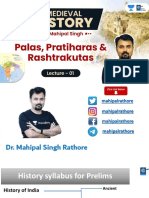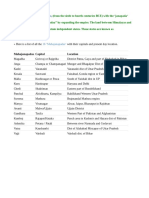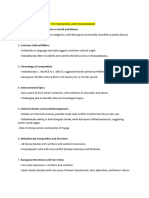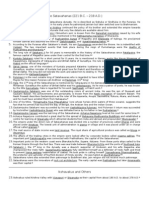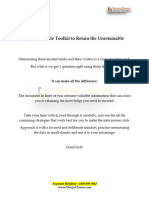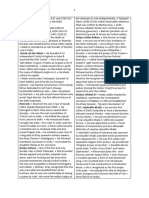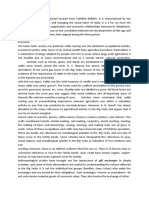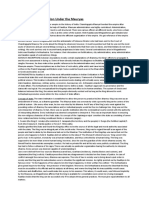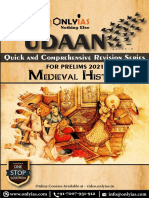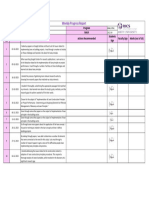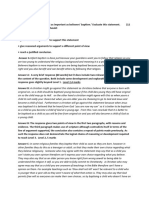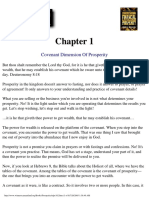0% found this document useful (0 votes)
506 views15 pagesGupta Empire - Study Notes
The Gupta Empire rose in northern India around 320 CE and expanded to control large areas. The Guptas may have originated in Bengal and were either Brahmins or traders. Chandragupta I married a Lichchhavi princess, strengthening the Gupta position. His son Samudragupta conquered western regions and was a patron of arts. Chandragupta II expanded further and defeated the Saka. The empire reached its peak under these rulers but declined after attacks from the Huns in the 5th century. The Guptas established a strong central administration and vibrant economy, with agriculture as its base.
Uploaded by
Azeeza ShaikCopyright
© © All Rights Reserved
We take content rights seriously. If you suspect this is your content, claim it here.
Available Formats
Download as PDF, TXT or read online on Scribd
0% found this document useful (0 votes)
506 views15 pagesGupta Empire - Study Notes
The Gupta Empire rose in northern India around 320 CE and expanded to control large areas. The Guptas may have originated in Bengal and were either Brahmins or traders. Chandragupta I married a Lichchhavi princess, strengthening the Gupta position. His son Samudragupta conquered western regions and was a patron of arts. Chandragupta II expanded further and defeated the Saka. The empire reached its peak under these rulers but declined after attacks from the Huns in the 5th century. The Guptas established a strong central administration and vibrant economy, with agriculture as its base.
Uploaded by
Azeeza ShaikCopyright
© © All Rights Reserved
We take content rights seriously. If you suspect this is your content, claim it here.
Available Formats
Download as PDF, TXT or read online on Scribd
/ 15













